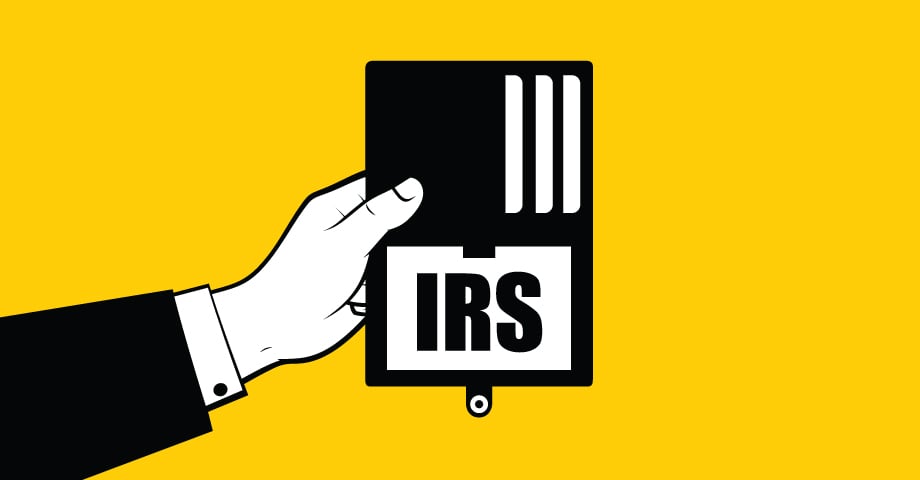Social (and anti-social) determinants of health (SDOH)
By Jeff Donnell on Feb 4, 2020 11:00:00 AM

Much is made these days of Social Determinants of Health (SDOH), or the impact that various socio-economic factors can have on access to and outcomes of health services.
I recently had an up-close and personal healthcare experience that underscores how an individual with certain advantages might fare better in navigating our healthcare system.
Given that I work in health IT, I have access to a network of medical professionals — clients, colleagues, friends, board members and advisors who practice medicine and are well-connected to the best and brightest healthcare providers. To top it off, my daughter-in-law is a physician, as is her father (a gastroenterologist).
A few days before the end of 2019, I was having a morning cup of tea when I experienced discomfort in my upper left abdomen. That discomfort quickly intensified and radiated to my back. Within 30 minutes I could not sit or lie down, and I paced the floor. Nausea soon followed, and sweat rolled off my bald noggin as though I had installed a fountain on top of my head.
A text describing these symptoms to my gastroenterologist in-law was quickly answered with a call and some diagnostic questions. He surmised it was either a kidney stone or heart attack (would you prefer a stab wound or a gunshot?), and dispatched me to the nearest ER with a promise to call ahead and let them know I was coming.
I advised my wife that her morning routine was out the window, and she ferried me to the hospital. Upon arrival, I was immediately whisked to a room and a nurse was setting up an IV and drawing blood. She remarked that the ER was slammed and they were putting patients in the halls, and she wondered why I rated the royal treatment. She also advised us that the doctor on duty was up to his eyeballs and it might be a while. A few minutes later, the doctor materialized and noted he had spoken to my doctor-in-law. After a quick diagnostic workup, he landed on a kidney stone and sympathized as he had recently passed one. He ordered a CT to confirm, and prescribed a full bolus of Dilaudid to address the pain.
The nurse administered the medication, and informed my wife I would be drifting off to sleep. My body and brain had other ideas, and I evidently began loudly singing “kidney stone carols” — altering the lyrics to Jingle Bells and Oh Tannenbaum to reflect the painful passage of a bowling ball wrapped in barbed wire. After the CT scan confirmed the kidney stone diagnosis and the movement of the tiny boulder from the kidney to the bladder, I was quickly discharged — in part to get my Dilaudid deluded antics off the floor.
I was in and out of the ER in two hours, and could not help but reflect on the impact of my particular SDOH. Based on who I know, what I do and who my son married, I was able to secure rapid advice and a golden ticket to the front of the line. I avoided an ER wait and hallway treatment, the physician on call had a heads up and saw me quickly, and my care (and pain alleviation) was expedited. Add in my Dilaudid-fueled disruption and I was able to enjoy fast-track discharge. The icing on the cake — I have great health insurance coverage and my out-of-pocket was zero (although that is thanks in part to an already met deductible and a December 30 date-of-service).
Contrast this with abundant tales of woe regarding access, wait times, and the general difficulty that so often accompanies healthcare. I fully recognize how fortunate I am, and have nothing but empathy for those who lack the advocacy, connections and resources that are all but necessary to address the extensive barriers that stand in the way of superior care and outcomes.
I also applaud some of the innovative things our employer clients are doing to help address SDOH. Our clients operate their own onsite employee health clinics, and a good number of them provide incredibly convenient urgent and primary care services. Other initiatives range from forging intentional relationships with local health systems to help ensure that employees and their families receive superior treatment, to adopting innovative practices such as concierge-style travel to best-in-class providers for specific surgical procedures. Likewise, our health system clients are expanding their services to employers, moving beyond bread and butter occupational health to layer in chronic disease management and health and wellness offerings. Absent these programs, most employees would be forced to take a number, queue up in a seemingly never-ending line, and endure the indignities inherent in navigating the care continuum.
You May Also Like
These Related Stories

How Enterprise Health developed a complete employee health software offering

Avoid IRS missteps by simplifying HSA payment collection
